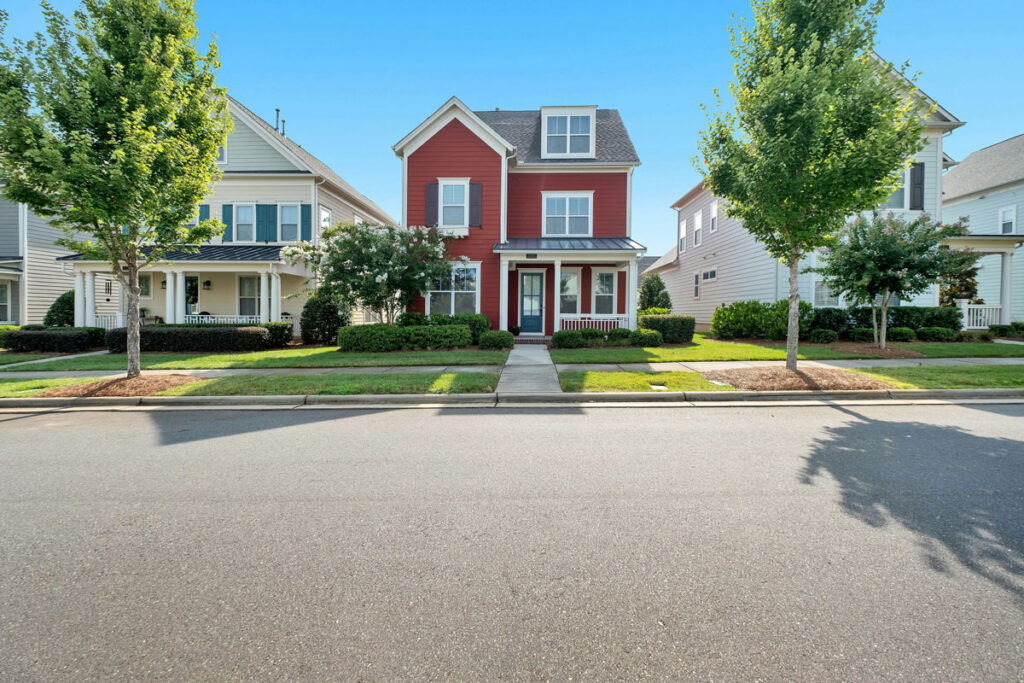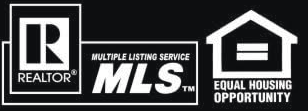1. Identify Your Investment Goals
Before you start searching, get clear on what type of investment you’re looking for:
- Buy-and-hold rental property – Generates ongoing passive income.
- Fix-and-flip – Requires renovations but offers short-term profit potential.
- Short-term rental (Airbnb/VRBO) – Can be lucrative in the right location but requires active management.
Each strategy has different risks and rewards, so knowing your goal upfront will help narrow your search.
2. Choose the Right Location
Location is one of the most important factors in determining a property’s investment potential. In Minnesota, some of the best areas for investment properties include:
- High-demand rental areas – College towns, business districts, or growing suburbs.
- Vacation destinations – Areas like the Lake Minnetonka region can be great for short-term rentals.
- Upcoming neighborhoods – Look for areas with planned infrastructure improvements, new businesses, or rising home values.
Pro tip
Drive around potential investment areas at different times of day to get a feel for the neighborhood and rental demand.
3. Analyze the Numbers: Cash Flow & ROI
A great investment property isn’t just about location—it needs to make financial sense. Run the numbers before making a purchase:
- Cash Flow: Monthly rental income – (Mortgage + Taxes + Insurance + Maintenance) = Positive cash flow.
- Return on Investment (ROI): Compare the annual rental income to the total investment cost to ensure a strong return.
- Cap Rate: A good rental property typically has a cap rate (Net Operating Income ÷ Purchase Price) of 6-10%.
Pro tip
Use conservative estimates for expenses and vacancy rates to ensure profitability even in slower months.
4. Look for Value-Add Opportunities
The best investment properties often have untapped potential. Keep an eye out for:
- Cosmetic Fixers: Homes needing minor updates like paint, flooring, or landscaping.
- Multi-Unit Properties: Duplexes or triplexes that generate multiple income streams.
- Zoning Opportunities: Properties that allow for future expansion or ADUs (Accessory Dwelling Units).
A property that’s undervalued but has room for improvement can lead to significant equity growth.
5. Partner with a Realtor Who Understands Investment Properties
Finding the right investment property takes more than just browsing listings—you need an expert who understands the numbers, the local market, and the potential risks. Working with an investor-friendly realtor can help you:
✔ Identify high-potential properties before they hit the market.
✔ Run a detailed cash flow and ROI analysis.
✔ Negotiate deals that maximize your investment return.
Ready to Find Your First (or Next) Investment Property?
Whether you’re new to real estate investing or looking to expand your portfolio, I can help you find profitable opportunities in Minnesota. Let’s talk strategy and start the search for your next investment!








